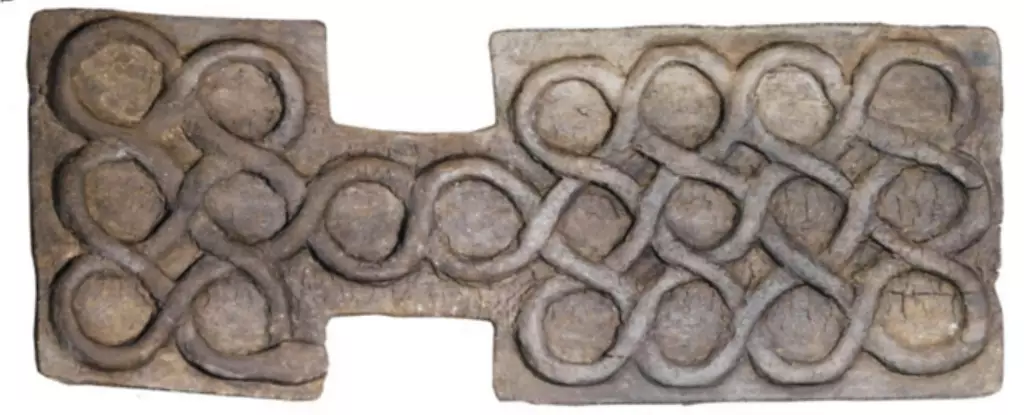In an era dominated by digital entertainment, the allure of traditional board games offers a unique escape into history, fostering connections between players of all ages. Recently, researchers have made significant strides in understanding an ancient board game unearthed from Shahr-i Sokhta, an archaeological site in southeastern Iran. Discovered in 1977, artifacts associated with this game have been analyzed to reveal insights into its gameplay and cultural significance—providing a rich tapestry of social interaction from 4,500 years ago.
The find comprises a nearly complete set, including a game board, 27 pieces, and four uniquely crafted dice, all resting in a grave that dates back to the third millennium BCE. This discovery highlights the sophistication of ancient games and their role in leisure activities. The board’s structure, resembling a snake with distinct sections, showcases the creativity of its creators, suggesting that these games were not just mere pastimes but also reflective of intricate cultural narratives.
Despite comparisons to the Royal Game of Ur, another notable ancient game, researchers have recognized that the Shahr-i Sokhta game possesses key differences. This complexity necessitated extensive analysis to piece together its rules accurately. A collaborative effort led by computer scientist Sam Jelveh and archaeologist Hossein Moradi harnessed modeling techniques and archaeological evidence to elucidate plausible game mechanics, paving the way for potential recreations in modern times.
The reconstructed gameplay posits two players each controlling 10 runner pieces, complemented by the introduction of distinct types like star-like safe houses and cone-like blockers. The players advance their pieces by rolling the specially crafted dice, engaging in a strategic contest to navigate the board’s layout. Such elements echo not just competition but also a shared human experience captured through the ages, allowing modern players to connect with their ancient counterparts.
While the precise gameplay is still speculative, the proposed rules reflect historical accuracy and are designed to resonate with contemporary tastes in gaming. Testing with modern players indicated that these rules not only fit the game’s physical structure but were also appealing in terms of originality—the hallmark of any successful game. This intersection of ancient practices and modern understanding brings the past alive in a way that transcends time.
The impact of board games extends beyond mere entertainment; they serve as an embodiment of societal values, educational endeavors, and communal gatherings. The findings from Shahr-i Sokhta amplify the understanding of social interaction in ancient cultures. Just as today’s families and friends gather around a game board, ancient players might have used these games to forge relationships, resolve conflicts, and engage in strategic thinking.
The term “game of twenty squares” encapsulates the simple yet profound enjoyment that such games offer, exemplifying a form of leisure that was likely prevalent in various ancient contexts. The hundreds of similar games discovered in the region affirm that these activities were integral to communal life, embodying the joys and challenges faced by people throughout history.
The reconstruction of this ancient board game is not merely an academic exercise; it is a bridge between epochs. It invites modern audiences to explore the wild ingenuity of our ancestors while encouraging a return to face-to-face interactions instead of relying solely on screens. In a world increasingly moving towards virtual entertainment, the revival of such games offers an opportunity to reinforce social bonds and engage in meaningful pastime activities.
The game uncovered from Shahr-i Sokhta provides invaluable insights into early human behavior, leisure, and cultural significance. As this ancient game finds its way back into the hands of contemporary players, it stands testament to the enduring nature of play as a universal language that transcends time, adventure, and the human experience. Our endeavor to understand the rules of play is not just about uncovering archaic customs; it’s a celebration of the shared joy that games continue to inspire across generations.


Leave a Reply